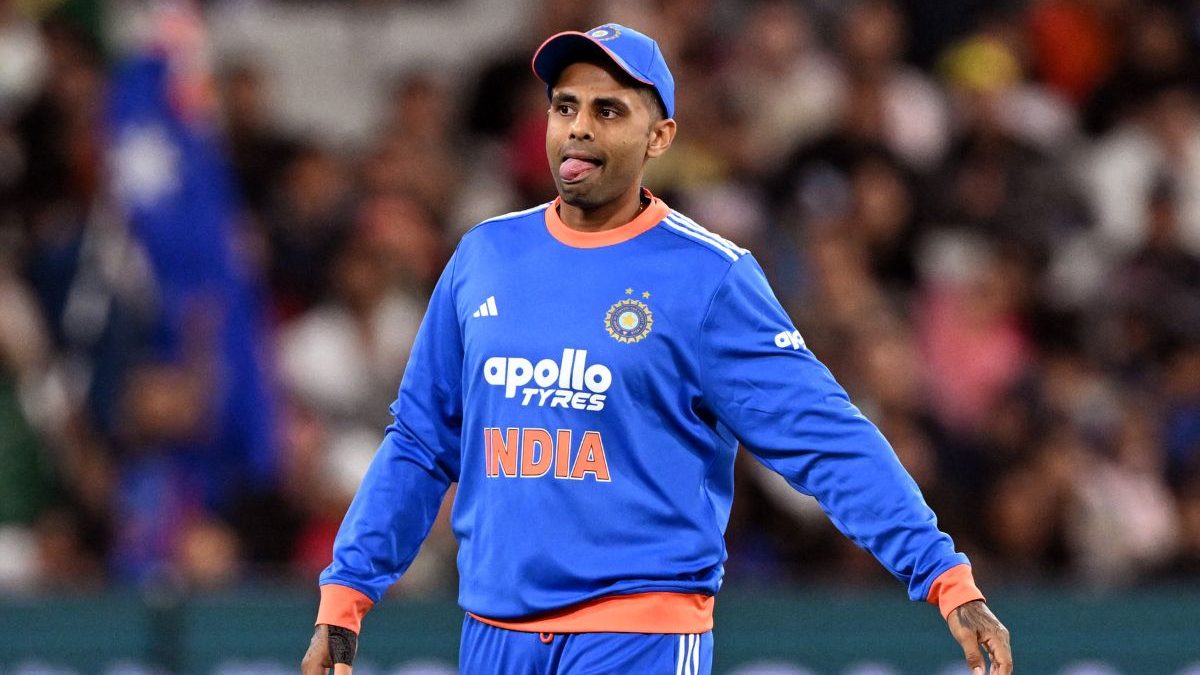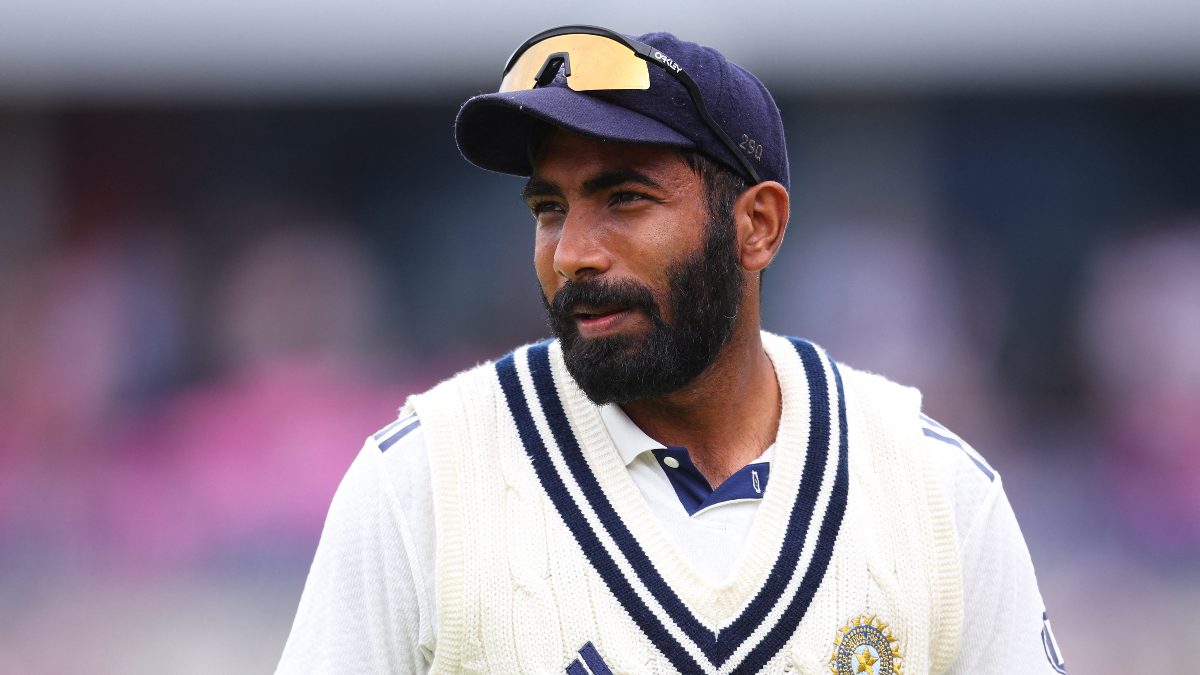Under the bright Melbourne floodlights on a chilly Friday evening, Abhishek Sharma, on his first international tour of Australia, stood tall amid chaos. Before a roaring crowd of 82,438 — nearly ninety percent of them, if not more, Indian supporters dressed in blue — the young left-hander played an innings of rare composure and audacity. His 68 off 37 balls was a statement of intent — one that reflected India’s new white-ball batting mantra. Yet, as the rest of the batting order crumbled around him, it also exposed a familiar flaw: India’s inability to read and respect conditions when the situation demands a touch of restraint.
India’s modest total of 125 in 18.4 overs in the second T20I of the ongoing five-match series was never going to challenge Australia at the ‘G’. Skipper Mitchell Marsh’s brisk 46 ensured the chase was done and dusted inside 14 overs with four wickets to spare, sealing a relatively comfortable 1-0 lead for the hosts with three more games to go. But the margin of defeat — India’s second-biggest in terms of balls remaining — told a deeper story. It wasn’t just about technique or skill; it was about temperament and adaptability, especially from their much-celebrated, IPL-hardened batting unit.
Hazlewood’s Test-match precision in T20 mode
Josh Hazlewood, bowling with the precision and discipline that have become his hallmarks even in white-ball cricket, exploited the conditions masterfully. On a pitch with sharp bounce and a hint of seam, the Aussie quick operated almost as if he were in a Test match — hitting that awkward length, moving the ball just enough and forcing indecision. His 3 for 13 was the reward for unrelenting accuracy. Each Indian batter who perished against him seemed caught between attack and survival, trapped in the grey zone of indecision. His form, accuracy, and most importantly fitness in these white-ball games against India, in an Ashes summer no less, will certainly keep the English batters on their toes.
After that impressive first over, in which Hazlewood rattled Shubman Gill, India’s Test skipper, the visitors could not recover. They lost four wickets inside the powerplay — only the tenth time that has happened in their T20I history. Gill’s mistimed loft over mid-off summed up the confusion and started the slump in the third over; Sanju Samson’s promotion to No. 3, a pre-planned move in case of an early wicket, backfired immediately. Suryakumar Yadav, India’s T20I captain who was trying to find form, was undone by the extra bounce. Tilak Varma followed soon after, courtesy of a poor shot selection. The shot raises a lot eyeballs especially with just two balls left in Hazlewood’s first-spell. By the time the powerplay ended, Hazlewood had figures of 3-0-6-3, and India were reeling at 40 for 4.
From the press box, it was clear that the MCG surface was offering something every fast bowler dreams of — hard bounce, carry, and just enough zip off the seam to keep batters guessing. What made Hazlewood’s spell even more impressive was how simple it was. There were no fancy slower balls or wide yorkers, just relentless Test-match bowling in a T20 environment. Perhaps he was simply warming up for the upcoming Ashes summer.
Impact Shorts
More Shorts‘The wicket was difficult,’ admits Abhishek Sharma
After the match, Abhishek Sharma acknowledged that the Indian batters had been caught slightly off guard by the conditions. “The challenge is that a lot of players, including me, are on our first tour here,” he said. “We knew about the extra bounce and pace but still, the way they bowled surprised us. They were very disciplined with their line and length and credit goes to them.”
It was a telling admission. For all the talk about India embracing an aggressive brand of T20 cricket — high risk, high reward — this match served as a reminder that aggression without situational awareness can quickly become self-destruction. “We planned to dominate up front,” Abhishek added, “but when wickets are falling in front of you, no matter who the batter is, you have to play for the team. The wicket was difficult; it was not easy to hit shots.”
In fairness, the approach itself isn’t the problem. India’s intent-driven philosophy has delivered results in familiar conditions, and with the next T20 World Cup to be played in India and Sri Lanka, it remains the right path to pursue. But what this Melbourne evening underlined was the importance of adaptability — the need to add another dimension to their game.
England’s transformation under Brendon McCullum and skipper Ben Stokes in Test cricket provides an instructive parallel. Their “Bazball” revolution was built on aggression, but over time it evolved into something smarter — aggression tempered by game awareness. It became, as some have called it, Bazball with brains. India’s T20 batting perhaps needs a similar evolution.
When conditions offer pace and bounce, when the ball is nipping around, or when early wickets fall, there must be the collective ability to recalibrate — to absorb pressure before counterpunching. Remember, India were 20 for 3 in that run chase in the Asia Cup final against Pakistan before Tilak and Sanju steadied the ship.
At the MCG, Abhishek’s innings was a fine example of that adaptability. He began brightly, slowed down a little when wickets tumbled and accelerated again once he found rhythm. Unfortunately, few around him followed suit.
The MCG isn’t the sort of ground where you can impose yourself blindly. It rewards patience, discipline, and intelligent shot selection — virtues that have historically defined successful visiting batters here. For India’s top order, Friday was a harsh but necessary lesson: respecting conditions isn’t a betrayal of aggression; it’s an extension of it.
India must find the balance between fearless and reckless
As India look ahead to the rest of the series and beyond, this defeat should be viewed not as a setback but as a stepping stone. The high-risk, high-gain approach remains non-negotiable but the next step in its evolution must be the inclusion of nuance. Sometimes, the bravest thing a batter can do is to wait — to absorb, assess and then attack, even in the shortest format of the game.
That’s the difference between fearless cricket and reckless cricket. And on Friday night at the MCG, before a sea of blue in the stands, that line was drawn with the precision of a Hazlewood length ball.
Good news for Indian fans, Hazlewood will not take any further part in this T20I series due to his Ashes preparations.


)

)
)
)
)
)
)
)
)



